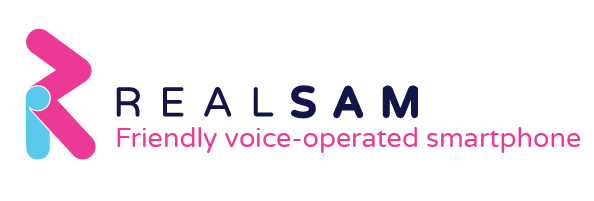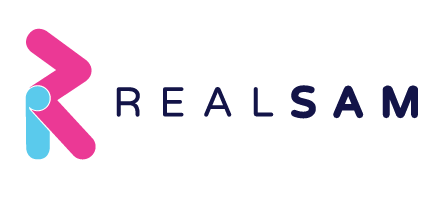Access to health care and medicines is vital for all people, regardless of their abilities. Unfortunately, blind and visually impaired people often encounter barriers to accessing essential services. One such barrier is the lack of accessible labels on prescriptions. Fortunately, thanks to new regulations and technology, solutions are now available.
Prescription labels contain critical information such as the patient’s name, the name of the medicine, the dosage, instructions on how often to take the medicine and the contact information of the pharmacy filling the prescription. In the past, all this information only existed in one format, namely as a sticker label printed with small font.
People who are blind or visually impaired either had difficulty or were completely unable to read these labels and had to rely on the help of sighted assistance or on guesswork. This posed a significant safety risk and many became seriously ill because they took the wrong medication or the wrong dose.
Fortunately, with the passage of the Americans with Disabilities Act (ADA) in 1990, pharmacies were required to provide auxiliary aids and services to customers with disabilities, including accessible prescription labels.
Labels in Alternative Formats
Today, pharmacies can fill prescriptions with labels in alternative formats such as Braille, large print and audio labels.
Braille labels are embossed on long transparent stickers that are partially overlayed on the bottles’ original printed labels. In this way the information is accessible by touch for the blind person, and still readable for sighted family members, pharmacists, and medical providers.
Large print labels are available for people who have low vision. Since the information takes up more space depending on the font size, large print labels are created as booklets that are placed on medicine bottles.
Audio labels make it possible for blind and visually impaired customers to listen to what is on the prescription labels. RFID tags containing the prescription information are attached to medication bottles. Then a specially designed device or app on a smartphone can be used to scan the tag and read the information aloud.
Technology and Visual Interpreters
Text-to-speech technology is also improving prescription label accessibility. There are many different apps that can extract text from images, so someone can simply take a picture of their prescription label and have it read aloud on their smartphone.
Lastly, services that provide visual interpretation are another option. Instead of waiting for a sighted person to be physically present, a blind or visually impaired person can get on the phone, at any time, with a trained agent that will use the phone’s camera to read them the information. Ask your pharmacy today about additional programs that can help you or someone you care for take their medication safely and independently.’
By Guenivir Kendrick with help from ChatGPT
REFERENCES:
American Council of the Blind. (2023). President’s Message: More on Accessible Prescription Labels. American Council of the Blind. Retrieved March 20, 2023, from https://www.acb.org/content/president%E2%80%99s-message-more-accessible-prescription-labels-kim-charlson
American Council of the Blind. (2023). Spoken Rx™ “Talking” Prescription Labels Now Available in all CVS Pharmacy Locations. Spoken Rx™ “Talking” Prescription Labels Now Available in All CVS Pharmacy Locations | American Council of the Blind. Retrieved March 20, 2023, from https://acb.org/cvs-spoken-rx

